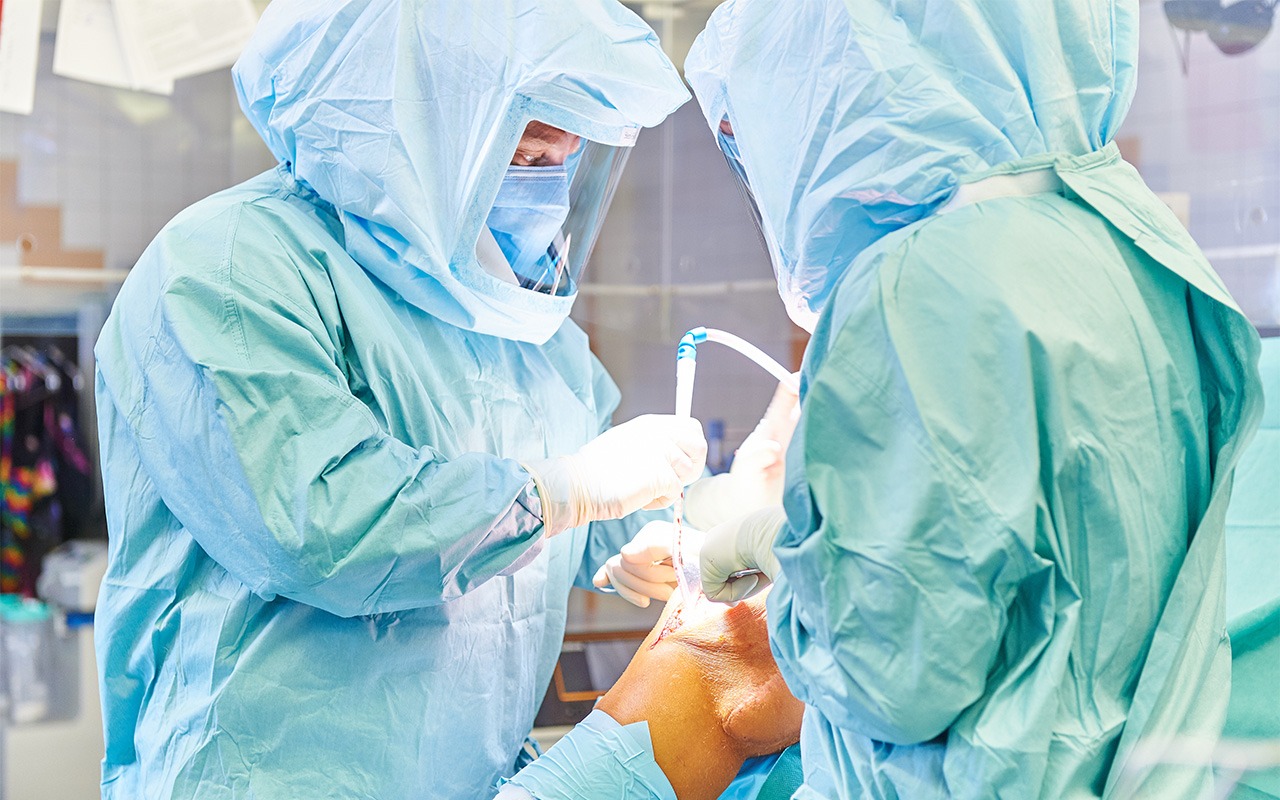In advanced stage degenerative diseases, deformities, or acute incidents, surgical intervention is often unavoidable. Competence, innovative technology, and the necessary empathy are the most important prerequisites for a patient to feel well and quickly become fit and mobile.
In STENUM, only highly qualified specialists carry out surgery in you. They use first-class equipment and proven surgical methods.

